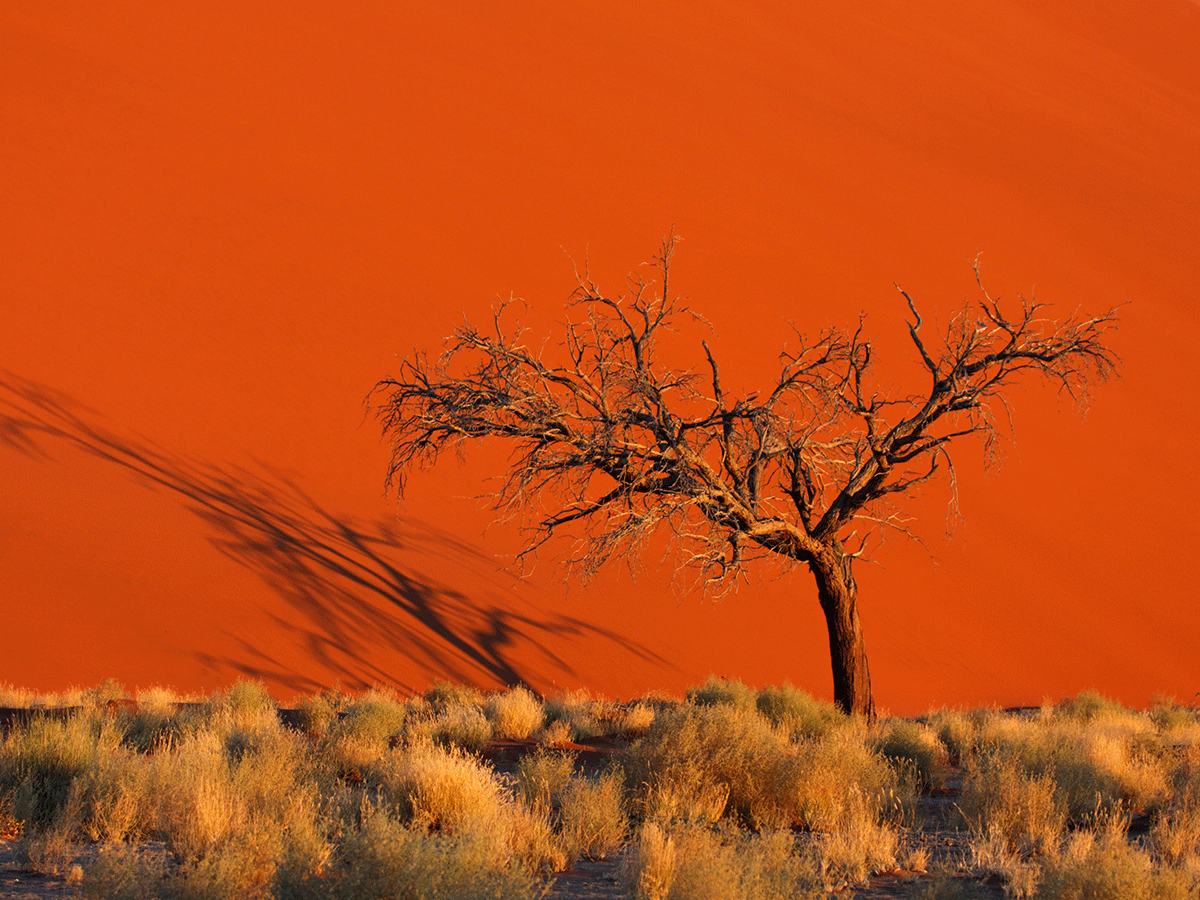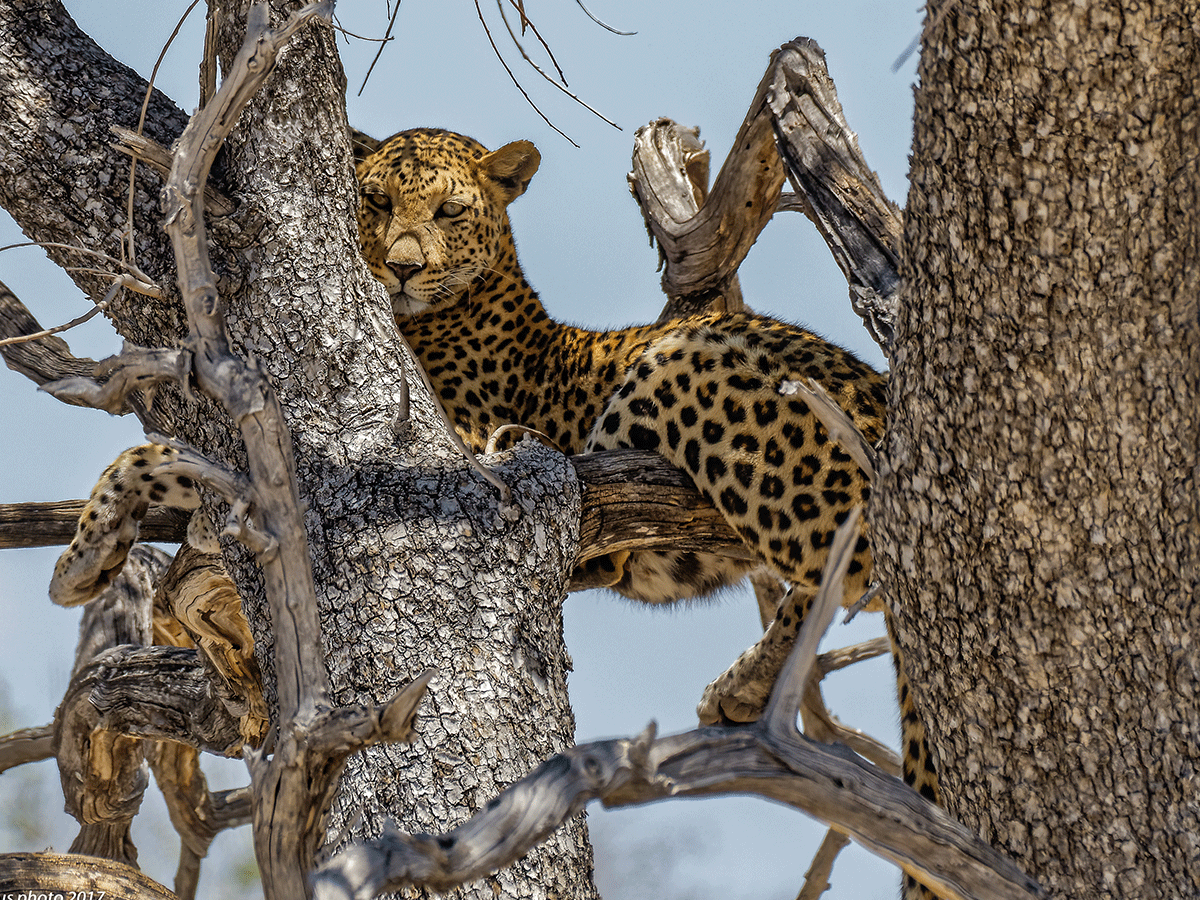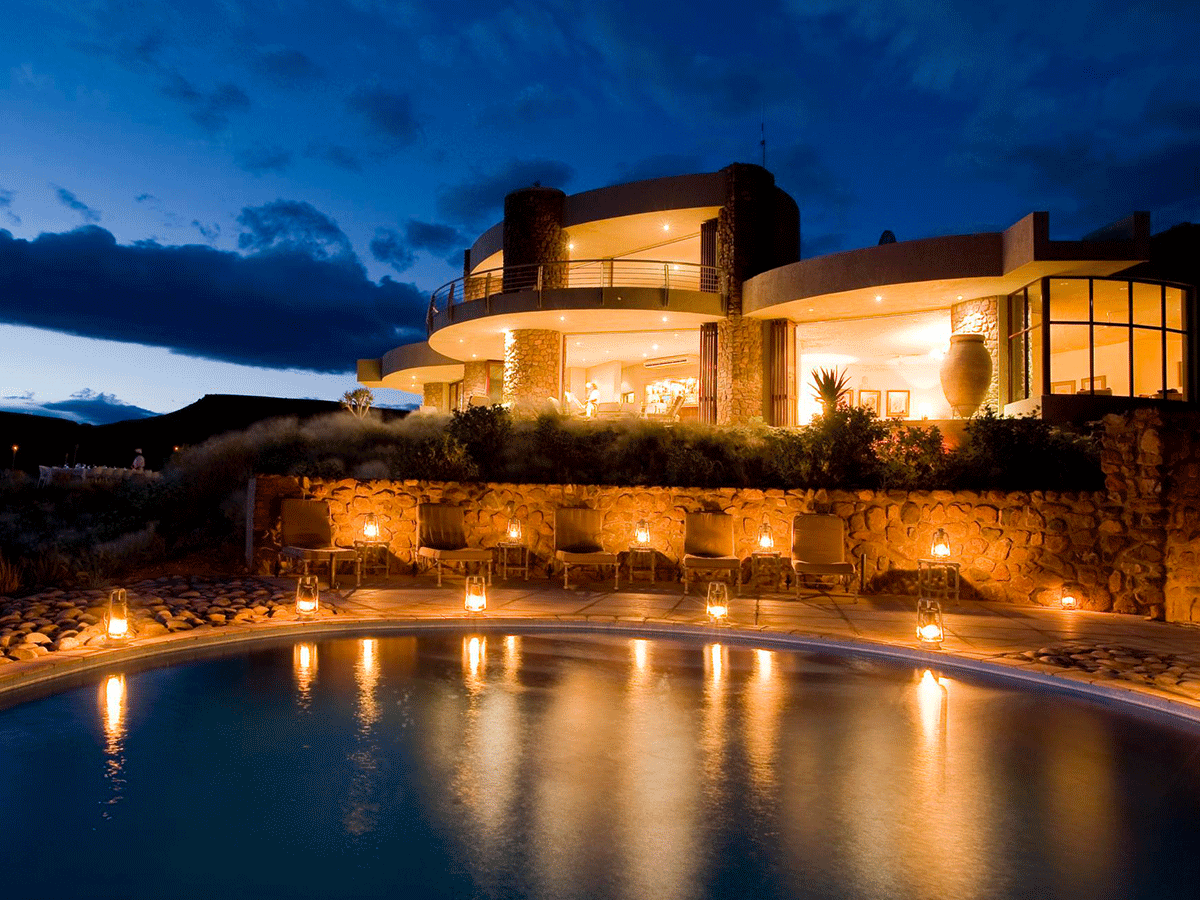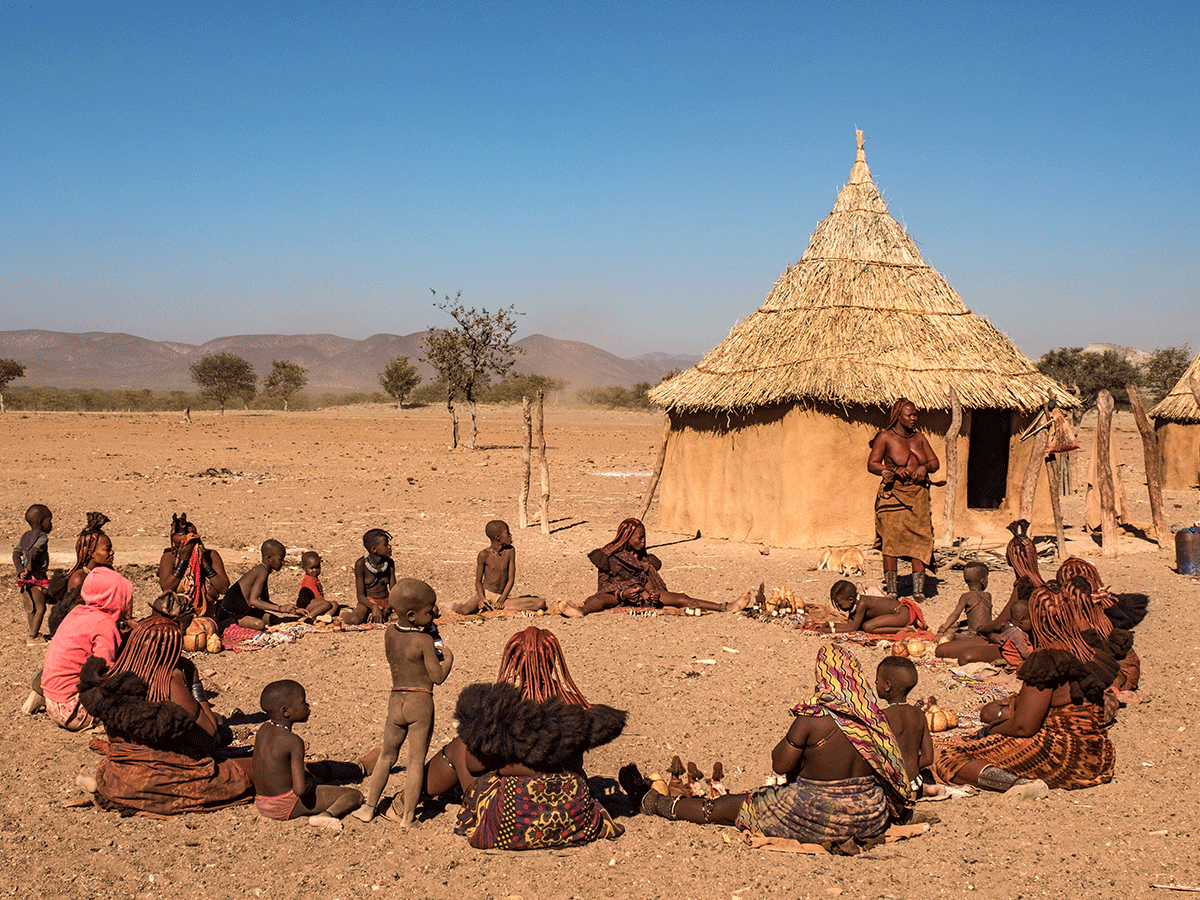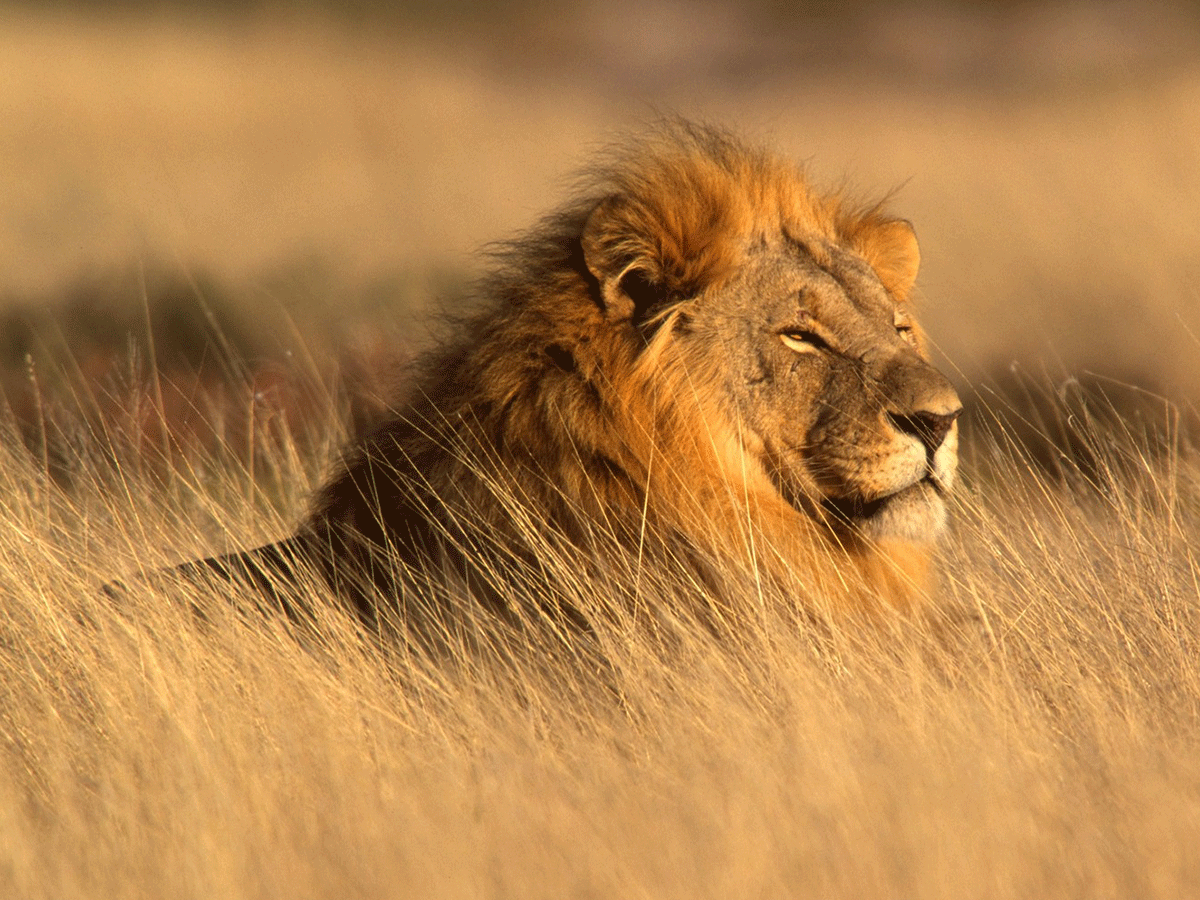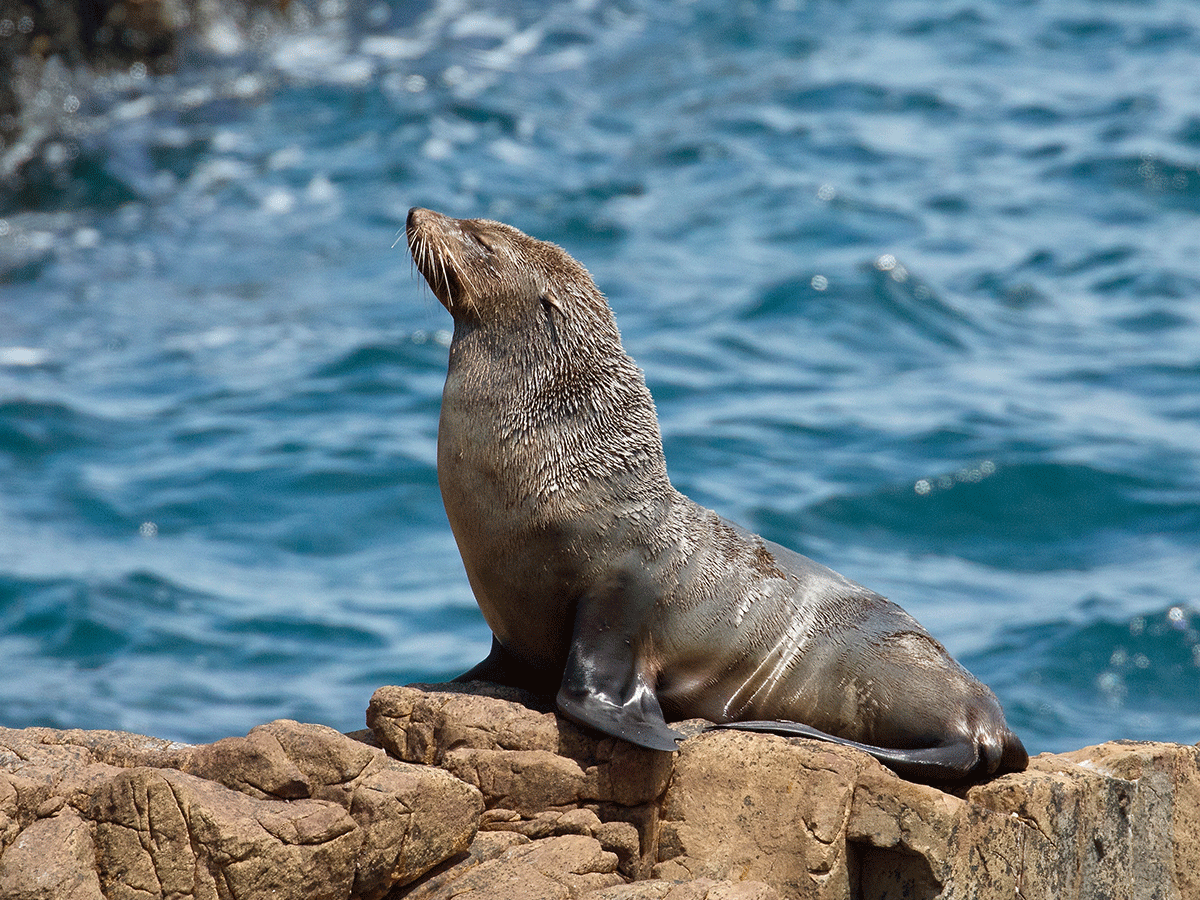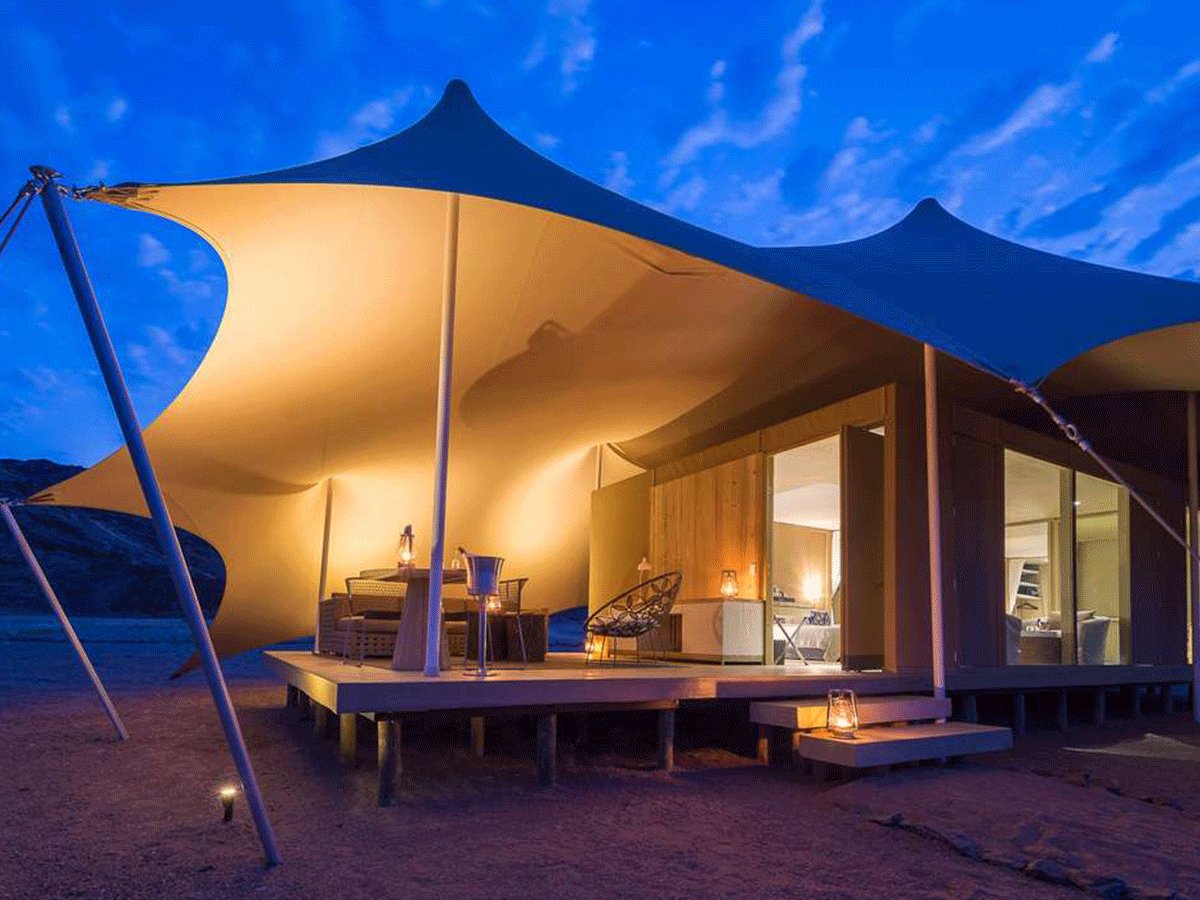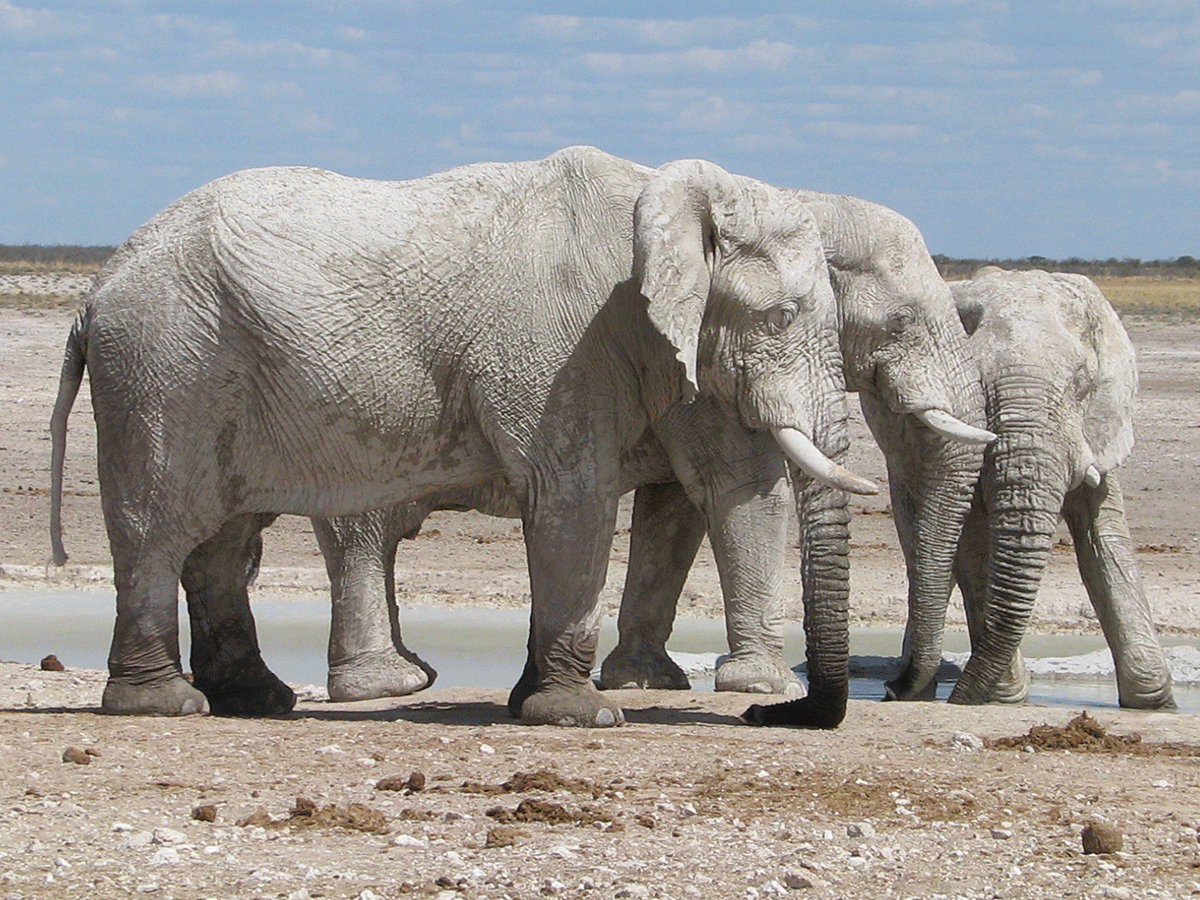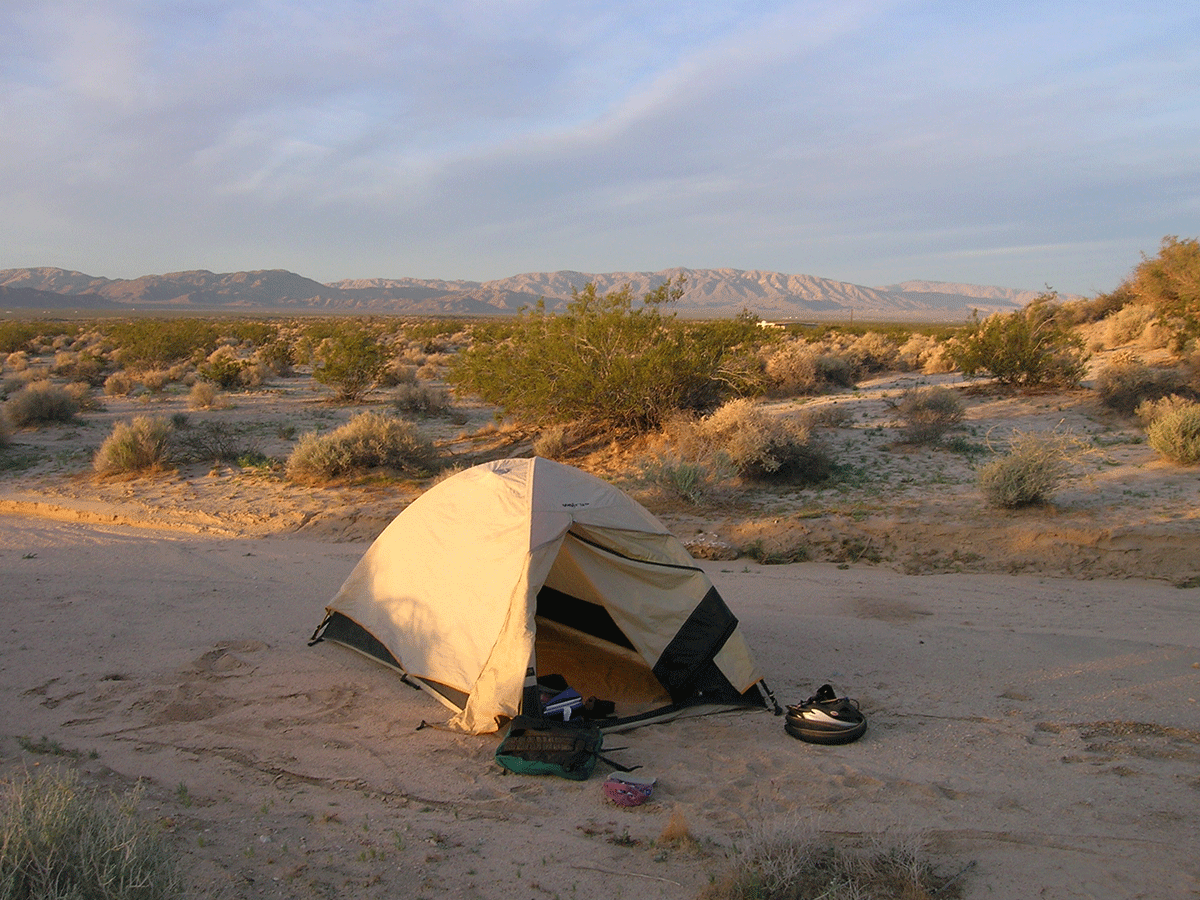Namibia Safaris, Tours & Holidays
Home » African Safari Destinations » Namibia Safaris, Tours & Holidays
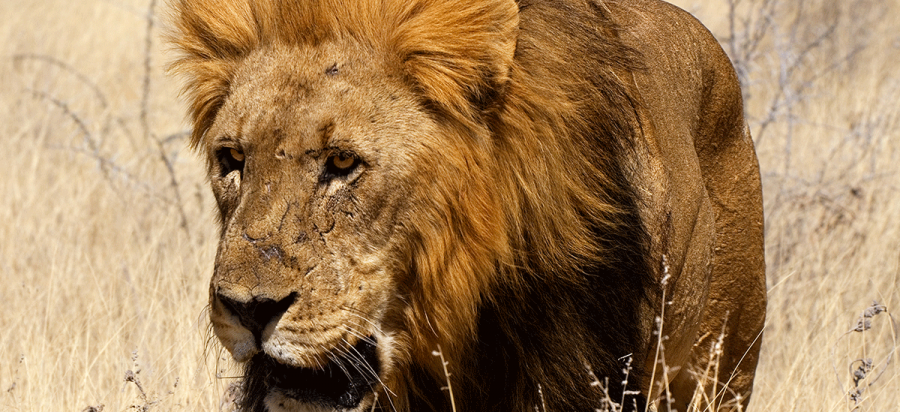
Namibia Safaris, Tours & Holidays
One of Africa’s newest countries, Namibia gained its independence from South Africa as late as 1990. Formerly known as South-West Africa, the country experienced a peaceful transition from years of foreign rule, first by Germany, then – after World War I – by South Africa. Today Namibia is a constitutional democracy with an entrenched Bill of Rights that provides for freedom of speech, press, assembly, association and religion. This is particularly important given the country’s diverse population, which includes the dominant Ovambo – who traditionally live in the fertile north – as well as the Damara, Herero, Himba and Bushmen people, and a considerable number of white Namibians.
Despite this diversity, Namibia’s population is tiny – only a little over two million people in a country that is larger than the UK and Germany combined, or twice the size of California. The reason is water – or lack of it. With permanent rivers only on its northern and southern boundaries, Namibia is exceedingly arid. For the most part, rain puts in a regular appearance only in the country’s more northerly regions, around December to March; further south and along the Namib coast, rain is increasingly rare, and may not fall from one year to the next. Temperatures, although similarly extreme in the desert, are more temperate elsewhere, with daytime averages around 25–35°C in the rainy season, cooling to 15–25°C in the winter months – and sometimes plummeting below zero at night Namibia’s landscape is dominated by a central plateau, which is home to rolling hills and rich farmland. To the west, the land falls off in a dramatic escarpment down to the Namib Desert, which runs for 1,600km alongside the Atlantic Ocean, and is best known for the spectacular apricot-coloured dunes of Sossusvlei. To the east, the plateau slopes off more gradually, merging into the great sand sheet of the Kalahari Desert.
How to get to Namibia
Getting to Namibia is easy as it is so well connected. Air Namibia is the National Carrier and receives flights from London Gatwick and Frankfurt. With daily flights from neighbouring South Africa and Botswana When considering how to get to Namibia, most travellers choose to fly into Hosea Kutako International Airport, about 45 minutes east of the capital Windhoek. Many flights operate from Cape Town every day.
Passport, Visa and Entry Requirements for Namibia
Visitors to Namibia must have a passport valid for at least 6 months beyond the intended stay, as well as sufficient pages for entry and exit stamps. In addition to the visa, each traveller must be in possession of a valid return air ticket. Ensure that sufficient blank visa pages are available in your passport book for the entry and exit stamps. All visas are valid for up to three months from the date of issue for stays of up to three months from entry. Extensions are also given for a further three months, available from the Ministry of Home Affairs in Windhoek.
Contact the High Commission of the Republic of Namibia for further information regarding your visa and passport requirements for your visit to Namibia.
The health sector of Namibia
Namibia’s health services are twofold: private (serving 18% of the population with medical aid) and public (serving the remaining 82%). This, in part, is due to the country’s high-income inequality. Access to healthcare is comparably good with 76% of the population living within a 10km radius of a healthcare facility.
However, travellers travelling for safari must ensure they purchase travel and medical insurance as the safari destinations are located in remote areas of the country and evacuation emergencies may not be easy to arrange without an insurance cover
Malaria and yellow fever vaccination for Namibia
Visas are valid for up to 3 months from the date of issue and for visits lasting 3 months from the date of entry.
Take measure to protect yourself including using mosquito netting, insect repellents and taking Antimalarials (if recommended for your itinerary).
African sleeping sickness has been found in Namibia. Though no cases have been reported in nearly a decade, there is still a risk. Use insect repellents and try to avoid tsetse flies when in regions where the insect is present.
Currency of Namibia
The Namibian Dollar is the official currency of Namibia. After the country gained its independence in 1990, the Dollar was introduced in 1993 to replace the South African Rand.
Official Language of Namibia
After independence in 1990, English became the sole official language of Namibia, and German thus lost its official status, but German today continues to be used in a wide range of spheres of Namibian life.
You might like
Best time to travel to Namibia
The best time to visit Namibia is from July to October when the temperatures are just above 20°C and the chance of rain is low. This is also the best time for wildlife viewing, making it peak travel season — you will need to plan well in advance.
What to wear in Namibia
Namibia has a generally conservative dress code. Revealing or scruffy clothing isn’t respected or appreciated by most Namibians. For the evenings, especially for chilling rides in the back of safari vehicles, you will need something warm.
What to bring for a safari in Namibia
- Casual, comfortable clothes are the key. Dress down rather than up here.
- During the day it is hot, so our advice is to pack lightweight loose-fitting clothes in natural fabrics such as linen, bamboo and cotton that will keep you cool and are easier to wash and dry.
- The difference between daytime and nighttime temperatures is significant. Temperatures can plummet during the night, particularly in the cooler months. During June, July and August temperatures can drop to as low as 45 degrees F (7C). Be prepared with plenty of warm layers and a warm travel jacket. The SCOTTeVEST travel jacket is a good option as it is specifically designed for travel, with plenty of storage for gadgets and valuables.
- We suggest keeping to light, neutral colours; think khaki, green and brown. Not white, as it will get dirty and dusty very quickly.
- But it is very important to avoid camouflage or military clothing or prints, as this is illegal.
- Avoid blue or black clothing too – the tsetse flies are drawn to these colours, and their bite can give you African sleeping sickness.
- Long trousers and long-sleeved tops will cover you from the harsh sun and protect against mosquitoes at night.
- A wide-brimmed sunhat and lots of sunscreens (we love the Riemann P20 range for 10-hour protection) and sunblock are essential, as is insect/mosquito repellent.
- When on safari, the idea is to relax and enjoy your time under the African sky and listen to the calls of the wild all around you! The dinner dress is therefore casual and comfortable.
Car hire and Driving in Namibia
First and foremost, in Namibia, we drive on the left side of the road. Passengers in the back, as well as the front seats, must wear seatbelts. To drive a vehicle in Namibia, you need a valid driving license and must carry it with you when you are driving.
Driving in Namibia is safe, fun and sometimes challenging but not nearly as stressful as many other countries where we’ve done self-drive! The tarred roads are typically in good condition, the gravel roads are manageable and get easier to navigate with experience and off-road driving is generally an optional part of any itinerary.
So as long as you are comfortable with the prospect of driving on the gravel roads then self-driving is a great option if that is how you prefer to travel – it’s a fantastic way to see the country at your own pace.
Tipping while on safari in Namibia
Our travellers often ask for our advice on whom and how much to tip when on safari in Namibia. Many people work to make your trip a success, including the safari guides and trackers, the back-of-house team and the camp/hotel manager – tips can be a significant part of the income of those working in service industries.
For group safari we recommend 20 US dollars per person per day for safari guides and teams and for private safaris please contact us for advice.
Further information for Namibia
Namibia is one of the best destinations for wildlife viewing and desert safari holidays.
Safety of Namibia
Namibian cities are relatively safe; most crime issues are minor, such as petty theft and pickpocketing. You will mostly be sheltered from these risks when looked after by your guide on an organized tour.
SAFARI TOURS AND HOLIDAYS
NATIONAL PARKS
FAUNA & FLORA
| Wildlife |
| Birds |
| Vegetation |
POPULAR SAFARIS
| 7 Days Luxury Namibia Fly-in Safari |
| 8 Days Highlights of Namibia |
| 9 Days Namibia Safari Holiday |
| 11 Days Best of Namibia Safari |
| 12 Days Namibia Uncovered Safaris |
| 13 Days Discover Namibia Safaris |

